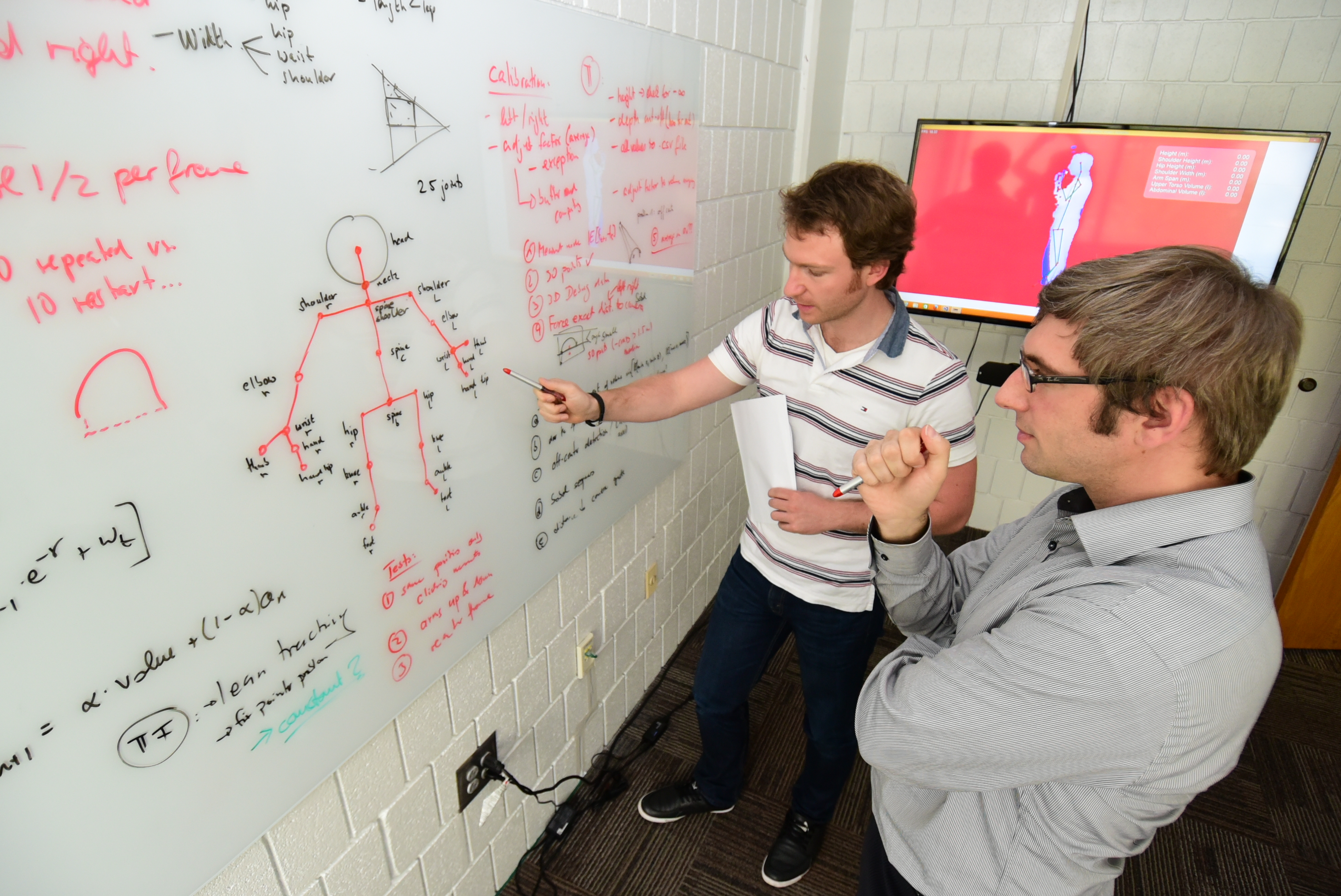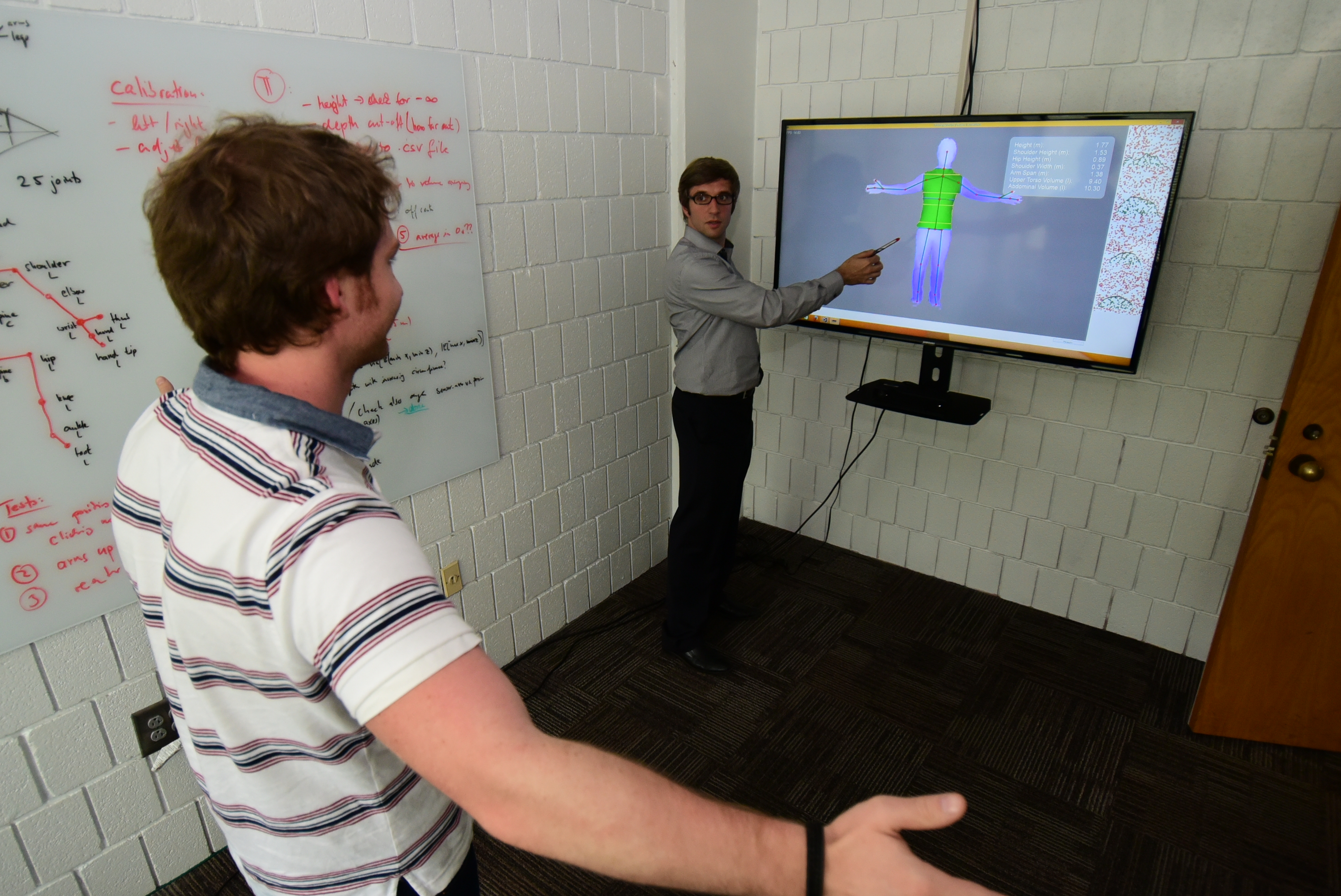In developing countries where access to obstetric care is limited, pregnancy complications can have a devastating outcome for both mother and child if not detected in a timely manner. Unfortunately, in low-resource settings such as rural regions of Ethiopia, pregnancy diagnostics that might present a significant improvement in pregnancy outcomes are not readily available to the general population, due to their high cost.
One of the most common preventable causes of fetal and maternal mortality is obstructed labor caused by the mismatch between baby size and maternal pelvis. A possible preventive approach to obstructed labor is early identification of high-risk patients for timely referral to a district hospital for medically assisted delivery or Caesarean section.
Sebastian Pokutta, Coca-Cola Assistant Professor in the Stewart School of Industrial & Systems Engineering (ISyE) at Georgia Tech, has been researching machine learning using 3-D scan technology. He has developed a working prototype to address detection problems in obstructed labor complications. The technology uses economical off-the-shelf sensors together with a low-cost workstation and screen. At a price point of less than $1,500, this noninvasive and contact- free technology is magnitudes lower in cost than comparable technology.
Pokutta’s scanner produces a large amount of 3-D streaming data. The measurement time is minimal, between five and 10 seconds, which results in minimal discomfort for the patient, compared to MRIs that require long exposure times. Moreover, this smart technology is easy to use and does not require highly skilled personnel to operate and interpret results.
Pokutta — along with research team ISyE Ph.D. student Daniel Zink and Professors Brandon Dixon and Rudolph Gleason from the School of Mechanical Engineering — will use this technology to obtain skeletal tracking data to detect architectural and volumetric body features in real-time.
“Output will be a digital 3-D model of the patient, from which standard measurements such as body height, hip height, width, and circumference, waist height, width, and circumference, shoulder height and width, as well as more involved volumetric measures such as abdominal volume and shape are inferred and various measures can be derived,” said Pokutta. “Based on these measurements, decisions can be made in advance to help ensure a safer delivery.”
Currently, the technology is being field-tested in rural Ethiopia.
With minor modifications, this device has a broader application appeal, including monitoring for malnutrition to find out which food programs are working better, and diagnosing lymphedema, the chronic swelling of arms and legs of some cancer survivors.
The initial funding for this project, in the form of a seed grant from the George Family Foundation, defined the feasibility of the technology. In July 2015, the team won a seed grant challenge from Saving Lives at Birth: A Grand Challenge for Development, where they were one of 17 award nominees selected to receive funding from more than 750 submissions. This new funding will be used for the first clinical trial in Ethiopia, which began in September 2015.

